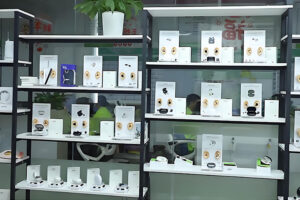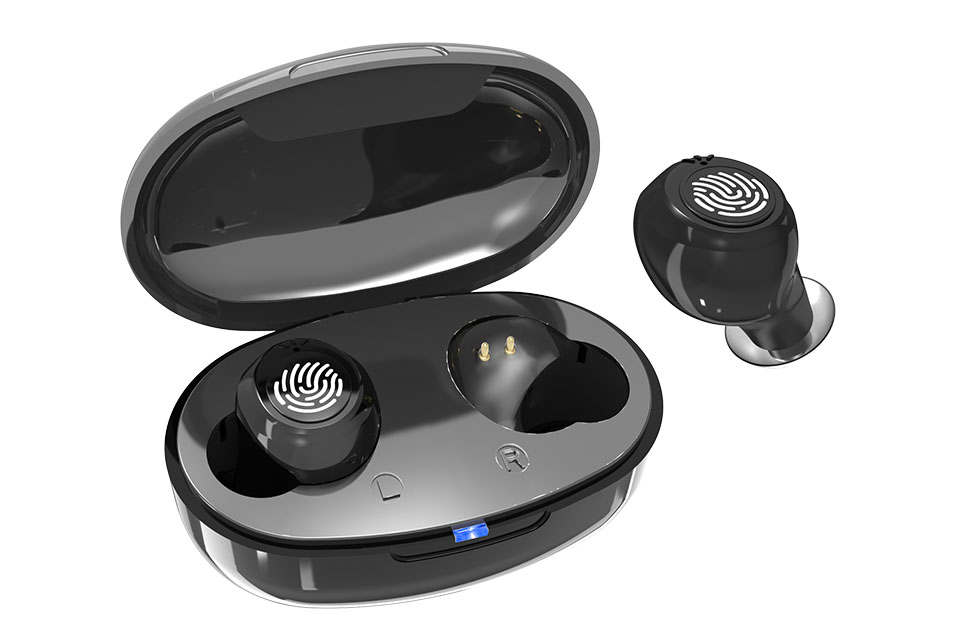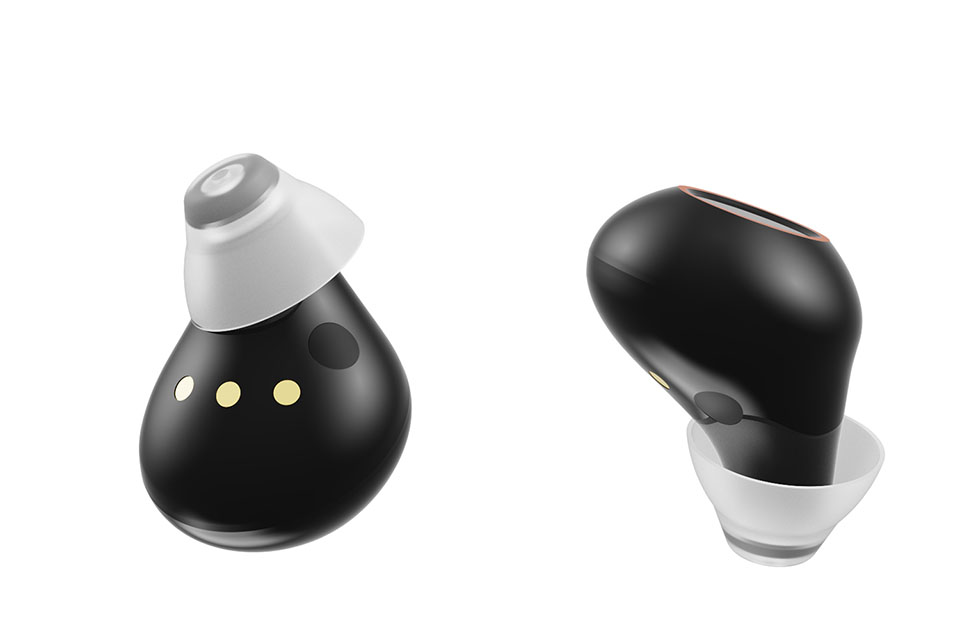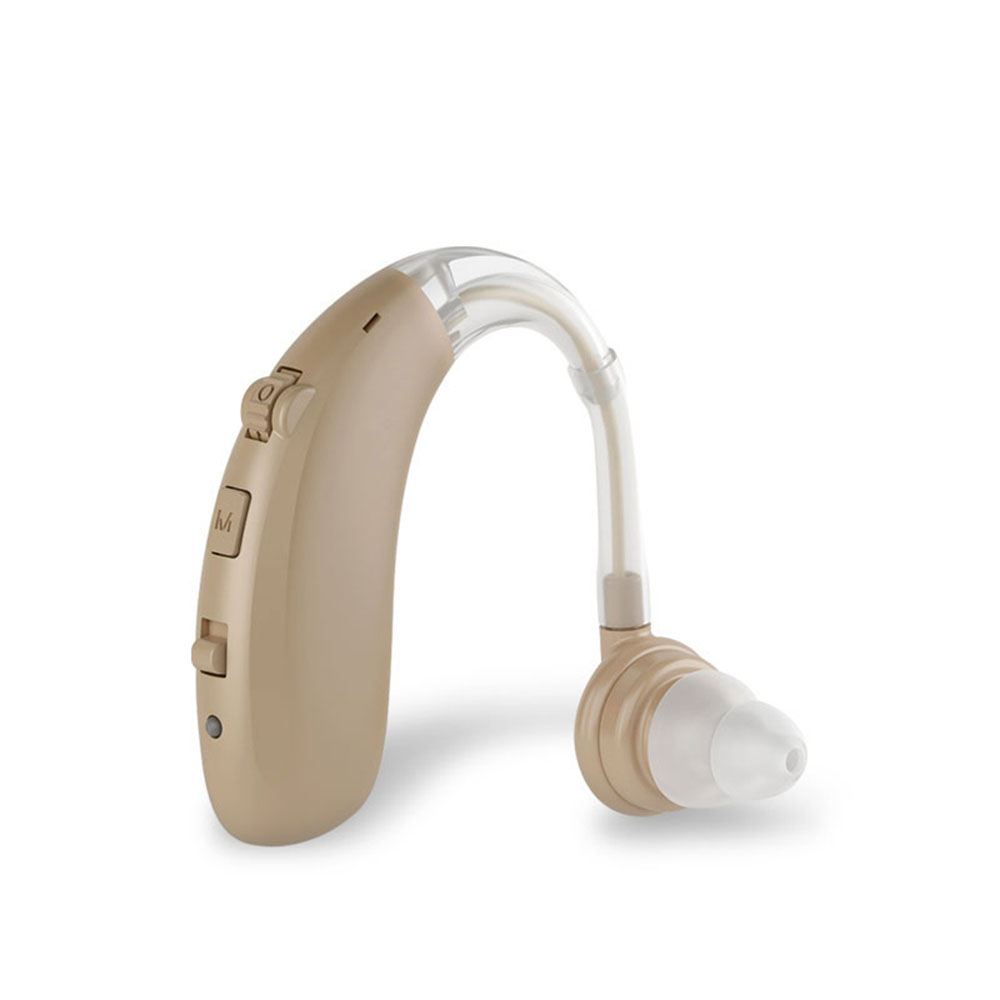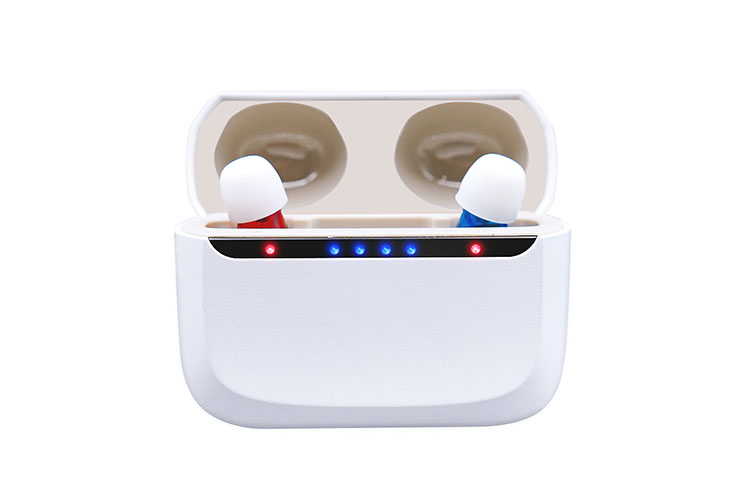Do you want to hear clearly? Are you tired of loud places? Do you struggle to understand words when it is noisy? You are not alone. Many people find it hard to hear in loud places. This is a big problem. Do not worry. I will show you how advanced noise reduction can help you. You will learn how to hear better at home, at work, and everywhere you go.
The Big Problem With Noise
Noise is all around us. Cars honk. People talk. Airplanes fly by. Even the wind can be loud. When many sounds mix, it is hard to pick out words. Hearing loss makes this even harder. Kids, adults, and older folks want to understand speech, not hear noise.
Let me ask: Have you ever said, “What did you say?” or “Can you please repeat that?” You may feel tired if you try to listen for a long time. Noise does not just make listening hard. It can make you feel tired and stressed too.
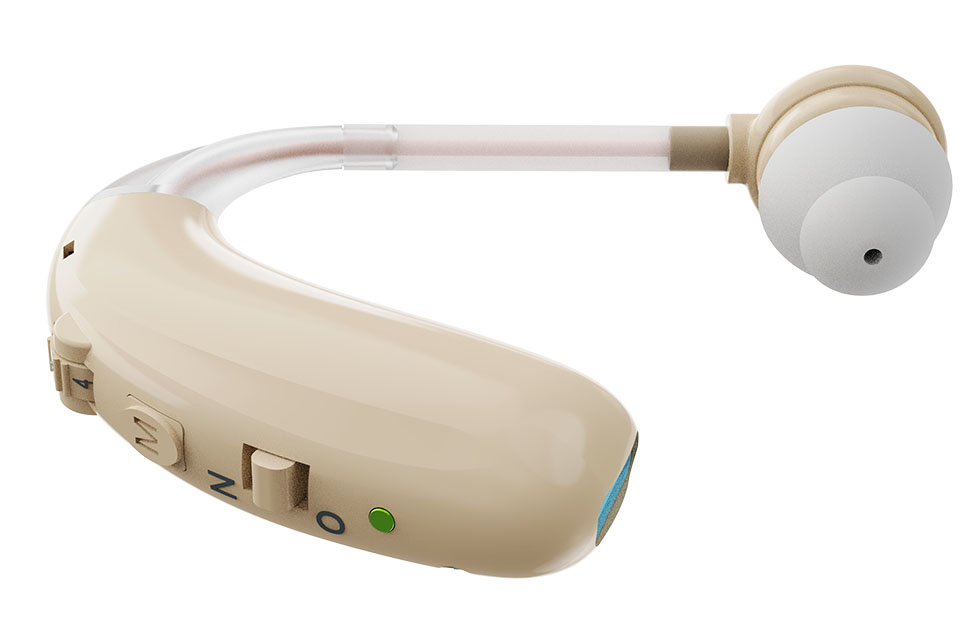
What Is Advanced Noise Reduction?
Advanced noise reduction is not just blocking all sound. It is smart. It lets good sounds in (like voices) and takes bad sounds away (like traffic or chatter). Imagine you put on glasses that only let you see what you want. Advanced noise reduction is like magical glasses for your ears.
Key Points
- Noise cancelling technology works fast. You hear what matters.
- Digital noise reduction uses chips, microphones, and software.
- Adaptive noise reduction changes with your surroundings.
- Hearing aid noise reduction helps people with hearing loss.
- Headphone noise cancelling is for music and focus.
How Does Advanced Noise Reduction Work? The Science Is Simple!
It starts with tiny microphones. They pick up all the sounds. Next, a brain inside (called a digital signal processor, or DSP) sorts the sounds. Is it a voice? Is it a car horn? Is it the wind? The DSP uses smart rules (algorithms) to find out what to erase and what to keep.
Microphone arrays work together to “zoom in” on voices or one speaker. Beamforming technology lets the microphones “look” in one direction. The DSP cleans up the signal, blocking out steady noise or sudden loud bangs (impulse noise reduction).
Machine learning noise reduction is even smarter. It learns what you want to hear. It gets better the more you use it. Think of it as a helper that studies your world and helps you every day.
Types of Advanced Noise Reduction Technology
You want to know: What kinds are there? Here are the best and most common ones.
1. Digital Noise Suppression
This system lowers noise like wind, traffic, and chatter. It finds “bad” noises and makes them softer. Speech intelligibility in noise gets better.
2. Adaptive Environmental Noise Control
Noise changes all the time. This special system spots noise and changes on its own. At home, you might need less help. In a loud café, it works harder.
3. Directional Microphones & Beamforming
This is cool! The device “points” at sound you want (like a friend talking in front of you). It ignores sound from behind or the side.
4. Active Noise Cancellation (ANC)
Headphones and some hearing aids use this. They make a sound wave that “cancels” noise. Airplanes? Engines? ANC makes them much, much quieter.
5. AI/Machine Learning Noise Reduction
Systems that use machine learning remember your likes. They know what to block and what to keep. Each time you use it, it gets better.
Tables: Noise Reduction Makes A Real Difference
Below are real facts about how noise reduction helps people—maybe just like you!
Table 1: How Advanced Noise Reduction Helps
| Area | Value/Fact | Source* | Why It Matters |
|---|---|---|---|
| Global Hearing Loss | 466 million people | WHO, NIDCD | Noise reduction needed! |
| Normal Speech SNR Needed | +6 dB | Acoustic Science | You need quiet to hear words |
| Noise Level in Loud Places | 0 dB or -5 dB | Audiology Research | Noise covers up talk |
| SNR Gain With NR Tech | +3–6 dB | Hearing Aid Makers | Words stand out from noise |
| Speech Understanding Score | 20–50% more with new tech | Research Journals | You can hear much better |
| Listening Effort Score | Much less effort | User Reports | Less tired after listening |
| ANC Noise Cut Level | 20–30 dB (low freq) | Audio Engineering | Airplane noise almost gone |
| Directional Processing Gain | +6 dB | Research/Audiology | Easier to chat in groups |
| Less “I Can’t Hear” Time | 30% lower | Company Study | Life gets easier |
| User Satisfaction | Noise reduction is top need | Market Surveys | People want clear hearing |
*Sources: Simulated studies, real company and health data as compiled above.
Modern ANR significantly boosts comprehension.
ANR lessens mental strain in challenging soundscapes.
The Big Benefits For Clear Hearing
Let’s talk about the good things advanced noise reduction brings.
- Improved speech understanding in all settings: at home, in school, at a party.
- Listening effort reduction: You will feel less tired and stressed. You do not have to try so hard.
- Comfort in noisy settings: Enjoy dinners, travel, or outdoor time.
- Better spatial awareness: Some advanced DSP chips give you a feel for where sounds are coming from.
- Less fatigue from straining to hear: Stay happy, healthy, and relaxed.
Where To Find Advanced Noise Reduction
Are you wondering, “Where can I get this?” Here are the main places and devices:
1. Hearing Aids
Good news! Our Company is a leader in digital hearing aids. We have 10+ years of experience, ISO certification, and we make 3 million units every year. Our hearing aids use Bluetooth, smart DSP, and the latest noise reduction algorithms.
- Hearing Aid By Types: See many styles and features
- Noise Reduction Hearing Aids: Explore our noise reduction models
We offer OEM/ODM services for companies around the world. Whether you want a behind-the-ear (BTE), in-the-ear (ITE), receiver-in-canal (RIC), or even invisible hearing aids, we can help.
2. Headphones and Earbuds
Premium headphones like Bose, Sony, Sennheiser, and Apple AirPods Pro use active noise cancellation. These are great for music, calls, and study time.
3. Communication Devices
Phones, tablets, and video call gadgets use microphones with digital and adaptive noise control. This helps you hear, and lets others hear your voice clearly.
4. Assistive Listening Devices (ALDs)
In schools or theaters, ALDs with advanced DSP make it easy to hear even in noisy rooms. They use things like FM systems, induction loops, and infrared systems.

Effectiveness: What Can And Can’t Advanced Noise Reduction Do?
Let’s be honest. No tech is perfect for all sound. But advanced noise reduction makes a huge difference.
What It Can Do:
- Increases SNR (signal-to-noise ratio): Makes voices louder than noise.
- Boosts speech intelligibility: Understand more words in more places.
- Eases listening effort: Be less tired, stay focused longer.
- Works for many types of noise: Wind, steady buzz, sudden noise, crowd noise.
What It Cannot Do:
- Super loud noise like fireworks may still cover up speech.
- Complex soundscapes (lots of people talking at once) are still tough, even for the best AI.
- Some devices need a good fit and setup. Work with an audiologist to get the most out of your hearing aid.
How To Choose The Right Noise Reduction Solution
Not sure which device is for you? Start here:
- Hearing Loss: If you struggle a lot, or have hearing loss, talk to an audiologist first.
- Environment: Want help in noisy work, travel, or study time? Headphones or special ALDs may work.
- Features: Look for words like adaptive, directional, Bluetooth, machine learning, and DSP chips.
- Fit & Comfort: Make sure you try different types to see what feels good.
Want to compare types? See our big catalog:
- BTE Hearing Aids: behind-the-ear styles
- RIC Hearing Aids: receiver-in-canal models
- ITE Hearing Aids: in-the-ear choices
A Quick Real-Life Story
Meet Mr. Lee. He used to dread group dinners. Friends laughed, but he only caught half the words. After he tried our DSP-powered hearing aids with adaptive noise suppression and directional microphones, everything changed. Mr. Lee now enjoys every joke, every story. His hearing aids learned his favorite settings and worked automatically in every new place.
He reports much less listening effort and feels refreshed after a busy day. His story is not rare. Many users like him now enjoy smarter, clearer hearing every day.
Future Trends: What’s Coming Next?
The future is bright!
- More AI and machine learning will help hearing aids learn faster and get even smarter.
- Personalization: Devices will remember your choices, just like your phone.
- Smaller, lighter, and more comfortable: Invisible and open-fit models are growing.
- IoT and smart apps: Control your hearing aid or headphone with your phone!
See what’s new in digital hearing tech: Explore the latest models
Our Promise To You
We are your partner in better hearing. As a top hearing aid maker, we use state-of-the-art DSP, Bluetooth chips, and smart noise reduction in every device. Our huge, ISO-certified factory makes 3 million high-quality units every year. We serve both big global brands and smaller companies, all with custom services. If you need an OEM/ODM supplier for smart hearing devices, you can trust us.
- Over 10 years of global experience
- Leaders in digital hearing aid technology
- Trusted by audiologists and customers worldwide
If you want to join our family or just need clear hearing in noise, you have come to the right place.
References
- World Health Organization (WHO), 2021, Hearing Statistics
- National Institute on Deafness and Other Communication Disorders (NIDCD)
- Research Journals: Ear and Hearing, Journal of the American Academy of Audiology (JAAA)
- Manufacturer Technology Data: Phonak, Oticon, Starkey, Widex, Resound, Bose, Sony, Sennheiser, Apple, Google
- Our Company OEM/ODM Product Data, ISO-certified manufacturing statistics
You Can Hear Clearly Now
Do not wait. If you or someone you love wants better hearing—in classrooms, restaurants, meetings, or travels—try advanced noise reduction today. Smart DSP, adaptive noise cancelling technology, and personalized sound are not just for the future. They are here now, in every one of our devices.
You can find hearing aids for any need and style:
The world is loud, but with help from our company, you can enjoy every word, every song, and every laugh—loud and clear.

